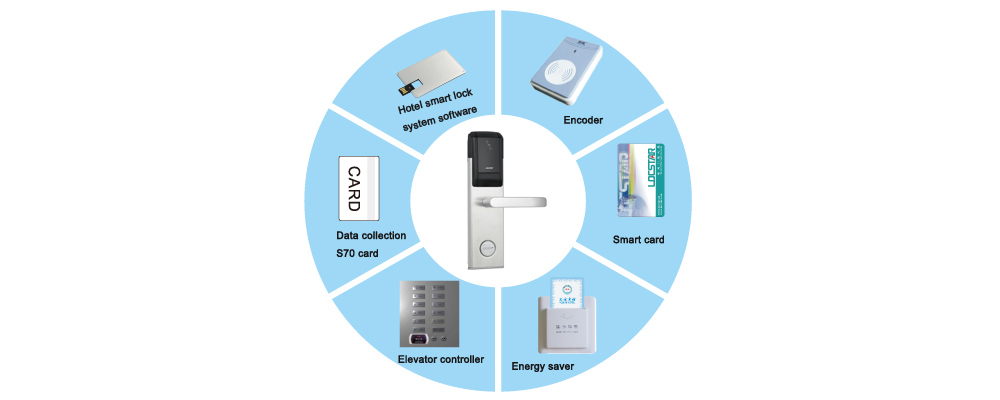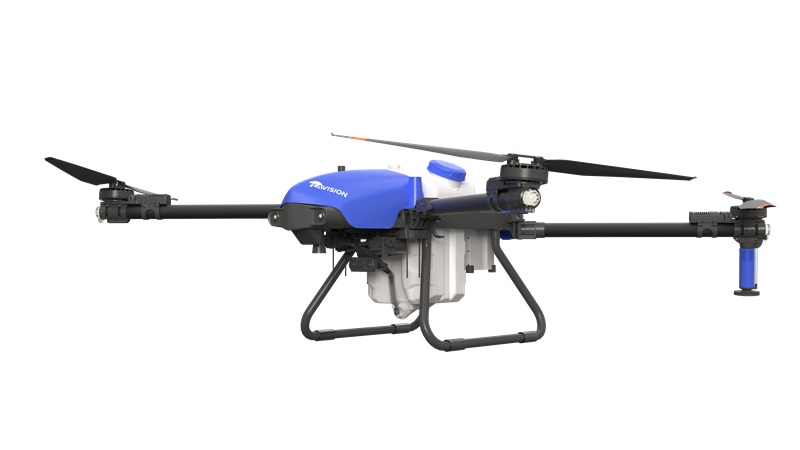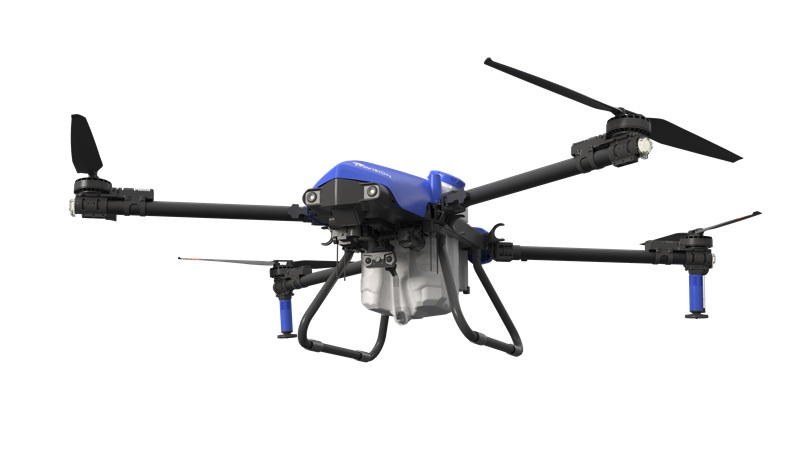Application of LoRa Technology in Precision Agriculture
Application of LoRa Technology in Precision Agriculture
LoRa technology is a wireless communication technology that is gradually being widely applied in various fields. Among them, the application of LoRa technology in precision agriculture is also receiving increasing attention from agricultural producers. Precision agriculture refers to an agricultural production method that uses technological means to precisely control crop growth environment, fertilization and water use, pest and disease monitoring, etc., in order to improve farmland yield and efficiency. This article will delve into the application of LoRa technology in precision agriculture.
1、 Application of Wireless Sensor Networks in Agriculture
The core of precision agriculture lies in accurately obtaining and processing relevant information about farmland, such as soil moisture, temperature, light intensity, etc. Traditional agricultural data collection methods have many limitations, such as requiring manual collection, low efficiency using wired transmission methods, and being limited by the length and quantity of cables. The emergence of LoRa technology provides a new wireless sensor network method that can solve the problems of traditional methods.
LoRa technology is based on the characteristics of low power consumption, long distance, and wide area network, making wireless sensor networks possible. A large number of sensor nodes can be deployed in farmland, which can collect various environmental data in real-time and transmit it to the central processing server through LoRa network. The power consumption of sensor nodes is very low, and they can be powered by batteries, reducing the cost of manual maintenance. Long transmission distance means that sensor nodes can cover a wider range, making data collection more comprehensive.
2、 Application of LoRa Technology in Soil Moisture Monitoring
Soil moisture is one of the important indicators for crop growth. Early or excessive watering can affect crop growth and yield. By utilizing LoRa technology, multiple humidity sensor nodes can be deployed in the soil to monitor soil moisture in real-time at different locations.
The soil moisture data collected by the sensor nodes is transmitted to the central processing server through the LoRa network. Farmers can remotely access servers through their mobile phones or computers to check the soil moisture conditions at various locations, adjust irrigation amounts in a timely manner, avoid wasting water resources, and ensure the needs of crop growth. At the same time, the server will provide predictions and recommendations for soil moisture based on historical data and specific algorithms, helping farmers make more scientific decisions.
3、 Application of LoRa Technology in Meteorological Monitoring
The weather has a great impact on farmland, such as rainfall, sunshine duration, and other factors that can affect crop growth. Accurate meteorological monitoring can help farmers make better decisions and increase farmland yield.
Using LoRa technology, multiple meteorological sensor nodes can be deployed in farmland to monitor real-time meteorological data such as temperature, humidity, atmospheric pressure, etc. The sensor nodes transmit data to the central server through LoRa network, and farmers can obtain meteorological information of the farmland at any time through their mobile phones or computers. The server will provide predictions and suggestions based on meteorological data and professional algorithms, helping farmers make reasonable planting and disaster prevention decisions.
4、 Application of LoRa Technology in Fertilization Management of Farmland
Reasonable fertilization plays a crucial role in crop growth and yield. Excessive or insufficient fertilization can lead to poor crop growth or decreased yield. By utilizing LoRa technology, precise fertilization management of farmland can be achieved.
Sensor nodes can be installed in farmland to monitor the nutrient content of soil in real-time. The data collected by the sensors is transmitted to the central server through the LoRa network, and farmers can remotely view the nutrient content of their farmland through their mobile phones or computers. The server will provide corresponding fertilization suggestions based on nutrient data and crop needs, helping farmers apply fertilizers reasonably, increase crop yields, and reduce soil fertilizer waste.
The application of LoRa technology in precision agriculture is of great significance. Through wireless sensor networks, farmers can monitor the environmental information of farmland in real time, such as soil moisture, meteorological data, etc., and make scientific production management decisions through the central processing server's predictions and suggestions. This can not only increase the yield and efficiency of farmland, but also reduce resource waste and contribute to sustainable agricultural development. With the continuous development and improvement of LoRa technology, it is believed that more agricultural application scenarios will be explored, bringing more convenience and benefits to agricultural production.
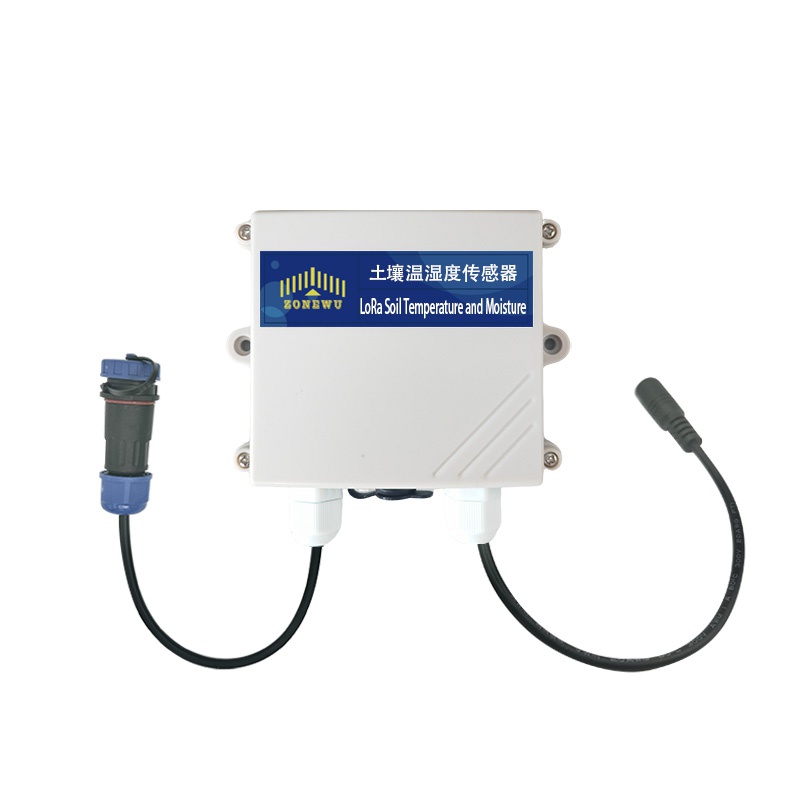
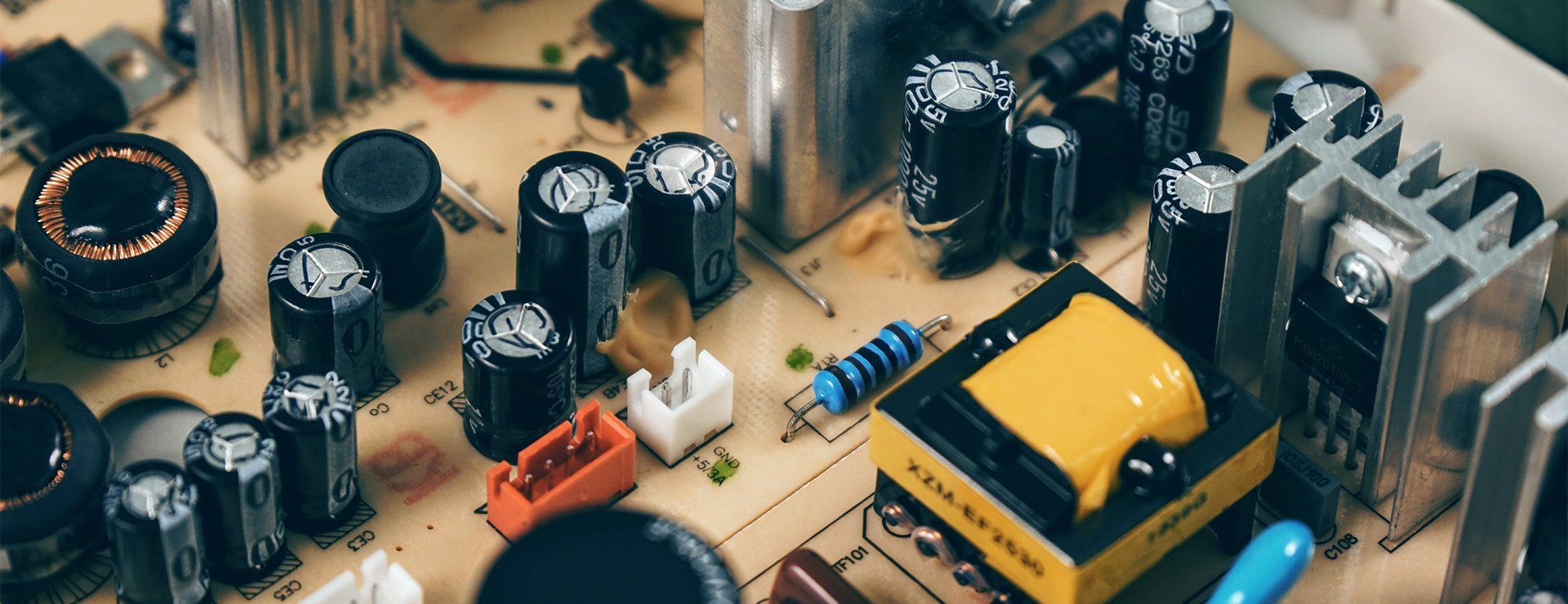
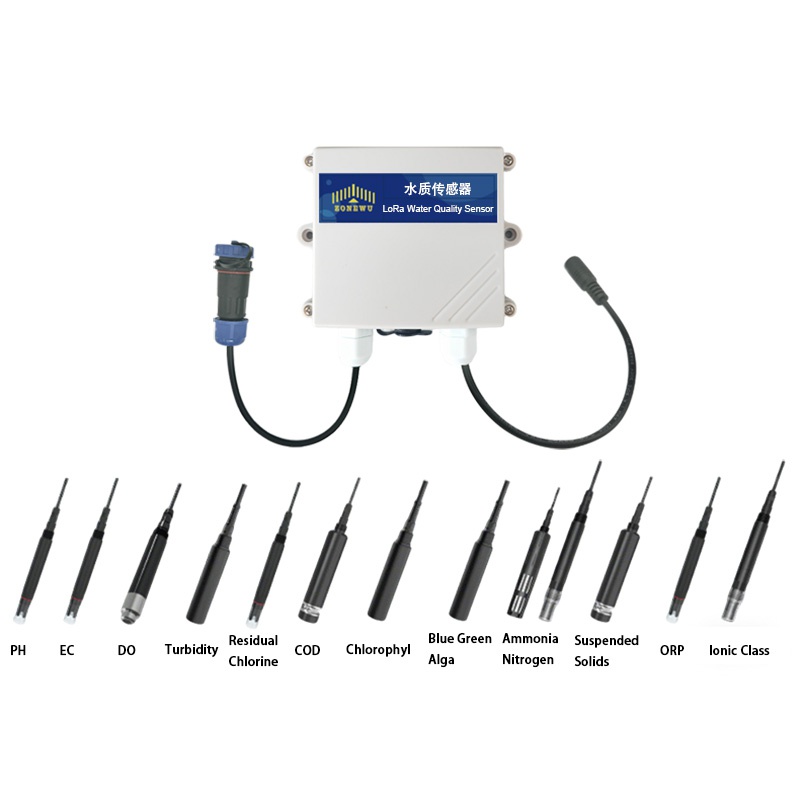
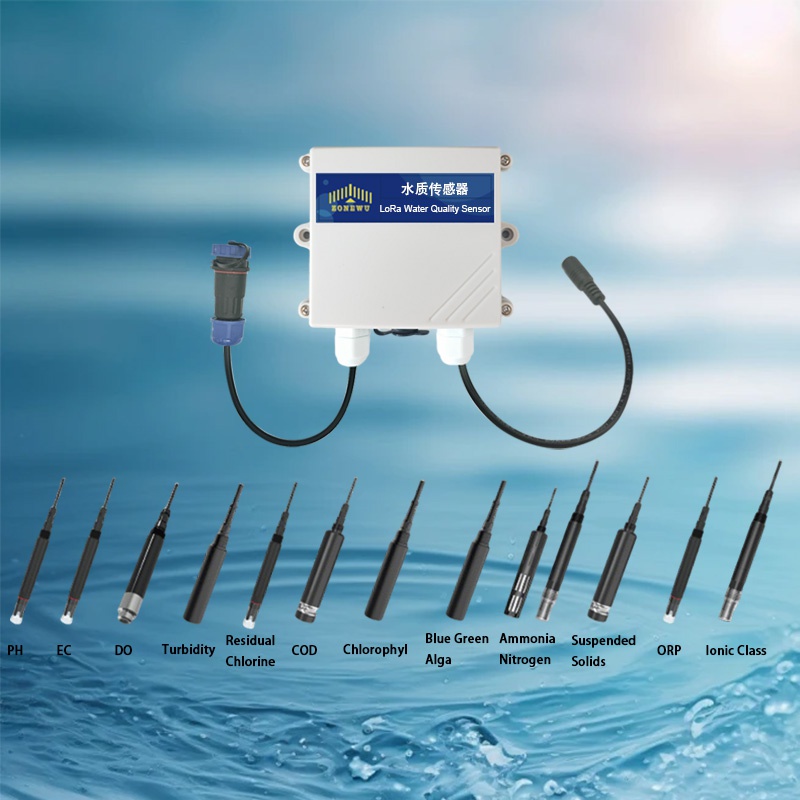
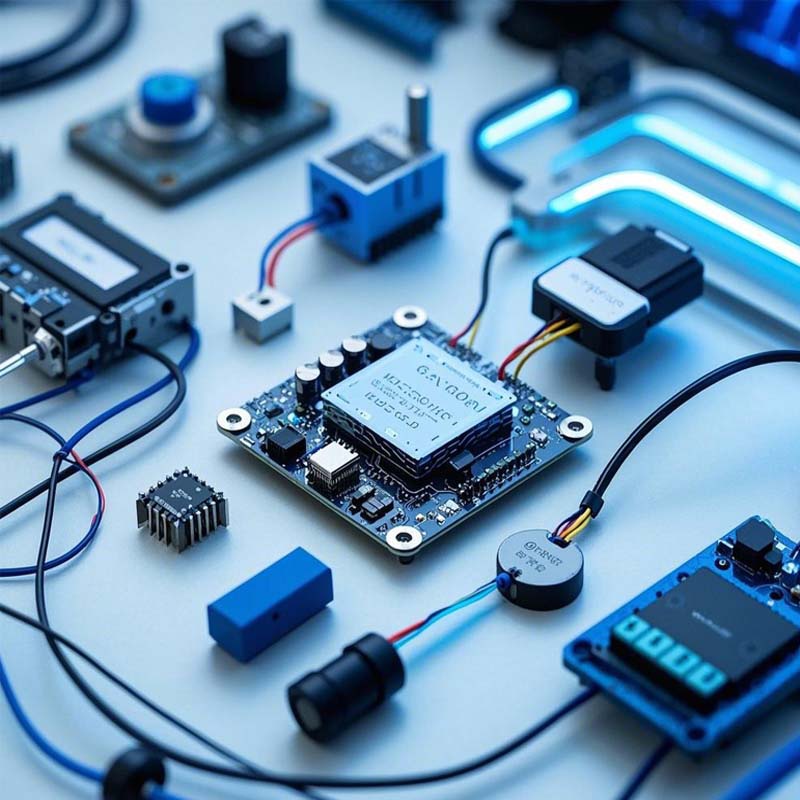
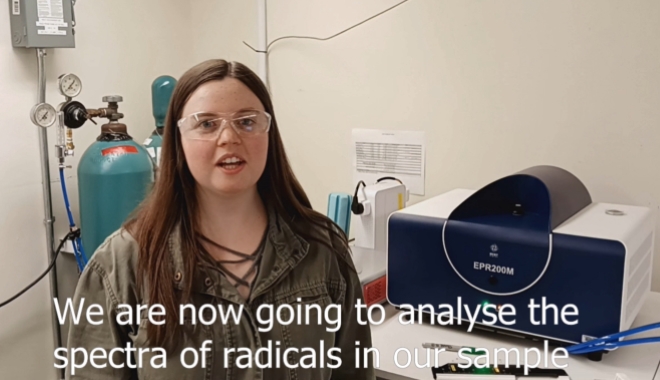 CIQTEK EPR at Cornell University
CIQTEK EPR at Cornell University CIQTEK Photo at Exhibitions
CIQTEK Photo at Exhibitions